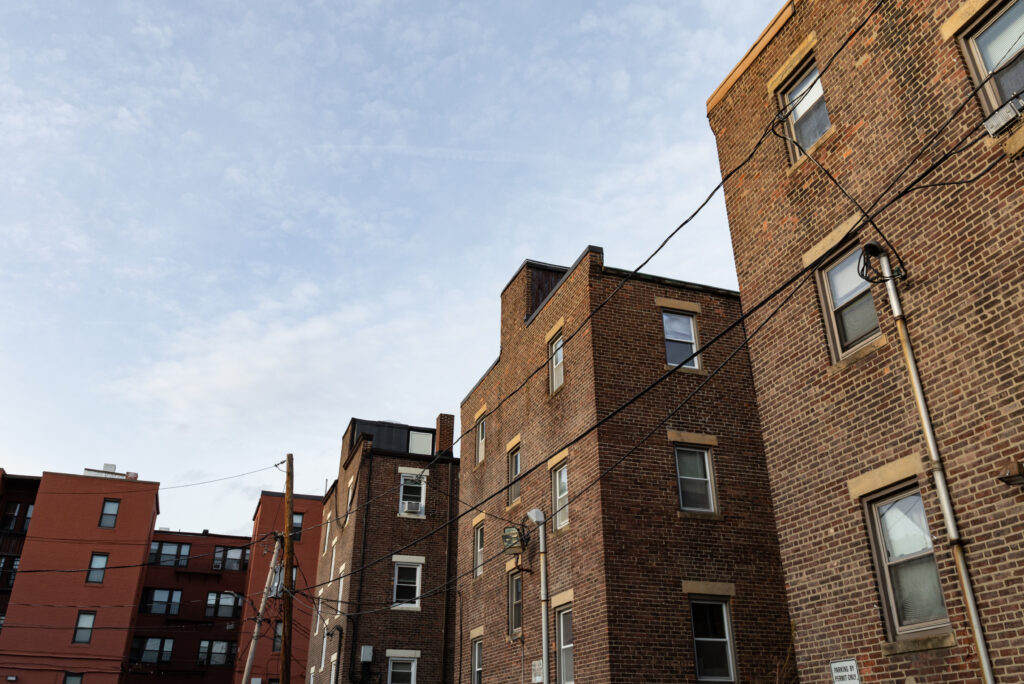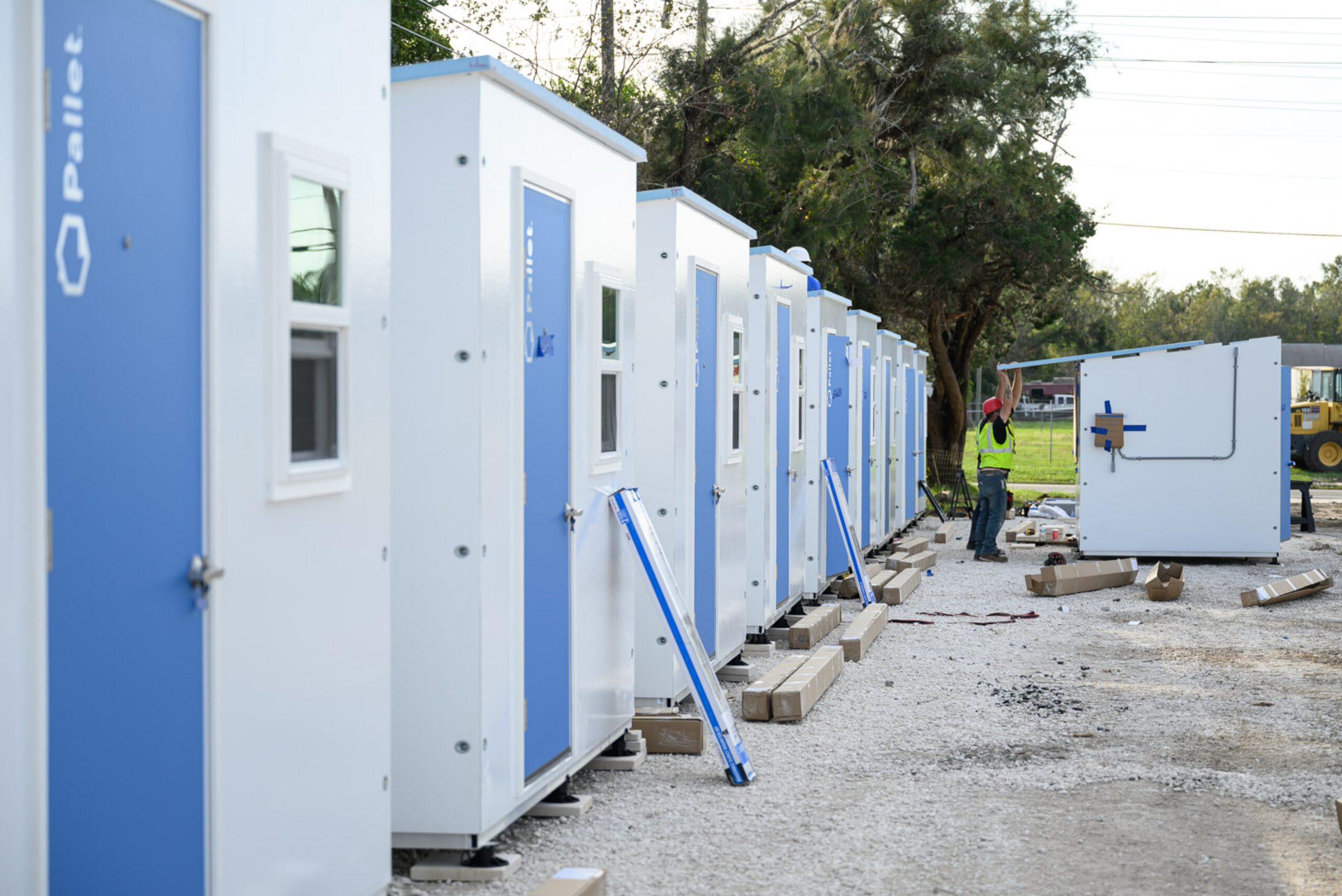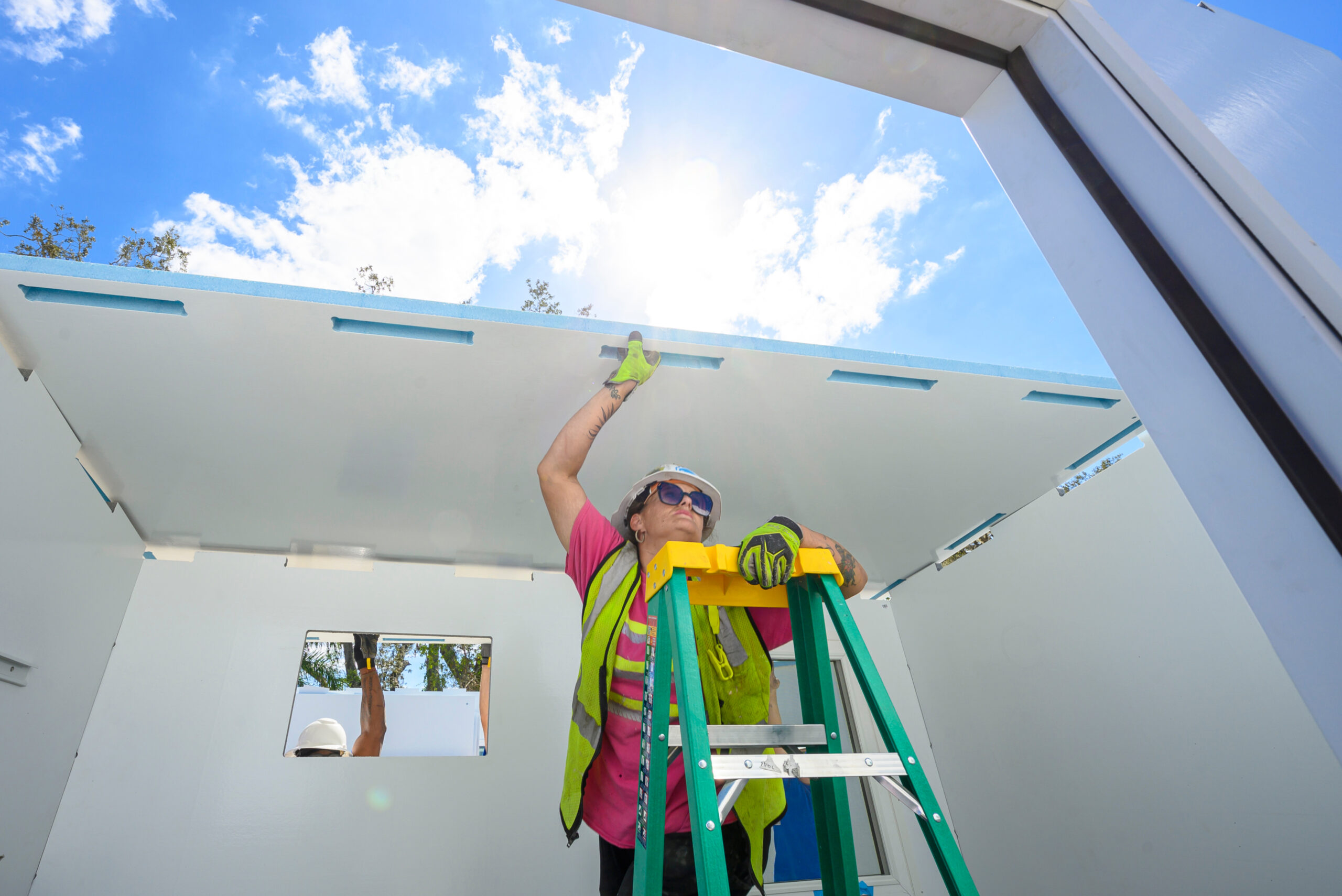Housing is Public Safety
November 14, 2023
Understanding the link between equitable housing and public safety plays a key role in building safer, healthier, and more successful communities.

Housing is at the crux of many systems that compose a functional society, from healthcare to infrastructure. But even with decades of research proving the innate connection between stable, equitable housing options and public safety, conversations on the subject often overlook this significant relationship. On the contrary, many people believe the myth that some models of shelter and housing actually increase crime in surrounding areas.
Evidence shows these claims are false. When an inclusive range of shelter and housing options are offered to every community member, an abundance of positive effects can be observed: crimes committed by unsheltered populations out of desperation are significantly decreased; the cycle of incarceration and homelessness can be broken; and public costs are drastically reduced.
Recognizing the inherent link between housing and public safety and investing in a range of options that fit everyone’s needs has the power to make our communities safer, stronger, and more sustainable.
The Housing Inequity-Crime Connection
It is widely understood that crime does not exist in a vacuum: a number of environmental, social, and economic factors all contribute to the root causes of why people commit crimes. The fact that crime is more prevalent in economically disadvantaged neighborhoods and areas with higher rates of unsheltered homelessness illustrates how a lack of access to stable housing is at the core of the issue.
Higher crime rates have been associated with neighborhoods that experience poverty, residential segregation, and a lack of essential resources like good jobs, schools, and healthcare facilities. These disparities can be linked back to practices like redlining, which represent historical institutional oppression and racism that siloed equitable housing and services to more advantaged areas. When people living in these areas are denied access to attainable housing and resources, they are incentivized to commit crimes as a means of survival.
Poor land use practices, foreclosures, and vacancies also affect crime in these neighborhoods. One study found that in Pittsburgh, crime increased 19% within 250 feet of a foreclosed home once it became vacant, and continued to rise as it sat unoccupied. Examples like this could be avoided in the future by using similar lots for development of supportive housing or subsidized market rate housing.
It’s also crucial to consider that in cases of violent crimes, vulnerable populations are much more likely to be victims than suspects. Homeless people are targeted in hate crimes at double the rate of crimes based on religion, race, or disabilities. Unsheltered women specifically disproportionately experience violent assault like rape, causing lasting trauma and suffering that creates a new set of challenges in living in communal settings like congregate shelter.
Therefore, when people have stable places to live, they are less likely to commit or fall victim to crime, creating safer communities in the process.

Breaking the Cycle of Incarceration
The reality of laws criminalizing homelessness—or attaching serious charges to minor, nonviolent offenses like loitering, panhandling, and littering—is further proof that people are expected to have secure housing and not live their life in public. This is a serious challenge, considering a nationwide shortage of 7.3 million affordable rental units.
Statistics on the disparity of homeless individuals being arrested for low-level offenses is alarming. Although homeless communities represent less than 2% of the population in cities like Portland, Sacramento, and Los Angeles, they accounted for 50%, 42%, and 24% of total arrests from 2017-2020, respectively.
And once a person enters the prison system, regardless of their offense, it makes them significantly more vulnerable to living unsheltered: formerly incarcerated people are 10 times more likely to experience homelessness than the general public. This is especially concerning when one considers the fact that one in every three Americans has a criminal record.
Upon release from the system, formerly incarcerated people face numerous challenges in securing appropriate housing. The inability to make rent, stigmatization from landlords, and barring those with drug offenses from public housing are just a few common obstacles. By lowering these barriers, along with focusing on new inclusive housing and subsidized market rate developments, the prison-homelessness cycle can be effectively broken and improve public safety in the process.
Investing in Housing as Public Safety
The overall costs of policing, corrections, courts, and other reactive measures associated with public safety far outweigh national investment in housing and community development.
While the nearly $260 billion annual budget of the Department of Housing and Urban Development (HUD) shows a concerted effort to fund more affordable housing and assistance programs, it pales in comparison to the price of operating the criminal legal system. When accounting for indirect economic effects of crime (property destruction and vandalism, utilization of healthcare and emergency services, forgone wages, etc.), the broader societal cost of the criminal legal system is estimated to equal $1.2 trillion.
Creating Safer, More Resilient Communities
There is undeniable proof that providing equitable, attainable housing is a guaranteed pathway to improving public safety. By incorporating this understanding into the development of new shelter and housing programs and acknowledging that the two concepts are inextricable from each other, we can make progress to end unsheltered homelessness and build safer, more successful communities as a result.
To learn more about the impacts of housing on public safety outcomes, download our Housing as Public Safety White Paper.


